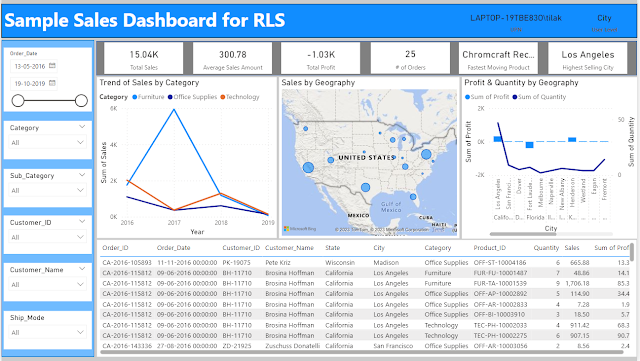The decision support system plays a very important part for any organization, especially when it comes to finance the outcomes are often direct and measurable.
As per Gartner, 80% of finance leaders agree finance must significantly accelerate the adoption of digital technologies, such as Analytics, Automation etc. to support the business by 2025. A survey of 400 finance leaders shows a broad expansion of the technology toolkit being used to drive efficiency, agility and productivity. And these technology need to be complimentary to each other to bring out the full potential.
Pic Credit - Gartner (April 2022)Now the question is how to build the capability for the adoption of digital technologies?
As per MIT Sloan Management Review the digital maturity depends on 7 parameters,
- Strategic use of (Advanced) Analytics
- Model Explainability
- Cross-Functional Data Collaboration
- Analytics Skill
- Exploration and Experimentation
- Data Driven Culture
- Digital Inclusivity
And the following questionnaire helps to evaluate the maturity. Calculate the average score for each of the 7 parameters.
- Score ⫺ 4 : Leading in digital capability
- Score between 3 to 4 : Developing digital capability
- Score ⫹ 3 : Lagging in digital capability
This metric will help the CFO to assess the Finance Office's digital maturity over time and can track current state and the progress over time.
References:
- How Digitally Mature Is Your Finance Office? by Kristof Stouthuysen, published in MIT Sloan Management Review - Summer 2023
- “Gartner Survey Shows CFOs Turning to Process Mining to Drive Better Returns From RPA,” - Gartner, April 27, 2022

















